(NLDO) - The SOHO spacecraft was waiting for the appearance of a fireball from the Sun when another bright object flew across the frame.
SOHO is a Solar and Heliospheric Observatory spacecraft operated jointly by NASA and ESA, the US and European space agencies. Scientists were focused on monitoring an extreme solar activity with the spacecraft's LASCO instrument when the strange object appeared.
SOHO footage cut off by 'strange object', as well as close-up video of a solar flare - Clip: NASA/ESA/SPACE.COM
SOHO's LASCO instrument looks at the Sun with a central viewing disk that blocks the spacecraft from glare, allowing for a better view of its eruptions.
The Sun is at the peak of its 11-year cycle, so flare-like eruptions of energy are happening quite frequently.
SOHO also focuses on looking for large fireballs called "coronal mass ejections" (CMEs) that accompany these eruptions.
This helps NASA/ESA get the data needed for studies of our parent star, as well as knowing when eruptions and CMEs might hit Earth and cause geomagnetic storms.
This time, however, something even brighter than the moment the fireballs were born flew across the frame in the clip collected by SOHO.
But you can rest assured that it is not an alien prank or a cosmic object threatening Earth.
According to NASA/ESA, what SOHO accidentally captured was comet C/2023 A3 (Tsuchinshan-ATLAS), an "old friend" that just visited the inner region of the Solar System after 80,000 years.
Like all comets, this object experienced sublimation when the cold material that made it up was suddenly heated as it approached the Sun.
The comet's head (coma) spans about 209,000 km with a tail about 29 million km long, which is why it has remained in SOHO's view for many days now.
There's another interesting thing in the image sent back by SOHO: If you look to the left of the Sun's disk, you can see a bright white sphere, which is the planet Mercury.
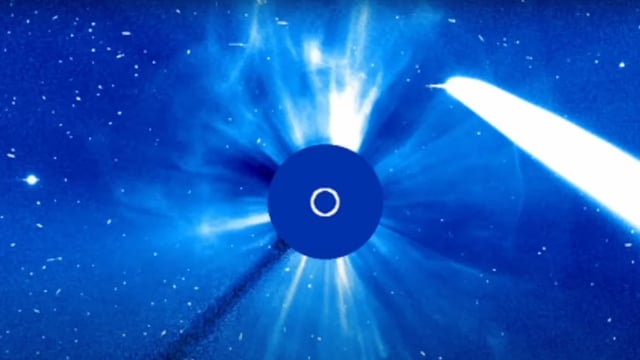
The photo shows a bright comet flying diagonally at the right corner, while at the left edge of the frame is Mercury - Photo: NASA/ESA
Comet C/2023 A3 is currently in its prime for observation. Astronomers predict it will appear brightest on October 12, visible to the naked eye, for a few days before fading.
The comet will appear in the early evening during this period and will be quite low on the horizon.
C/2023 A3 was officially recognized by modern science in 2023, but calculations show that our ancestors, while living among many other human species 80,000 years ago, had already observed it.
Source: https://nld.com.vn/clip-vat-the-la-dot-chay-khung-hinh-tau-vu-tru-nasa-esa-196241011092917236.htm








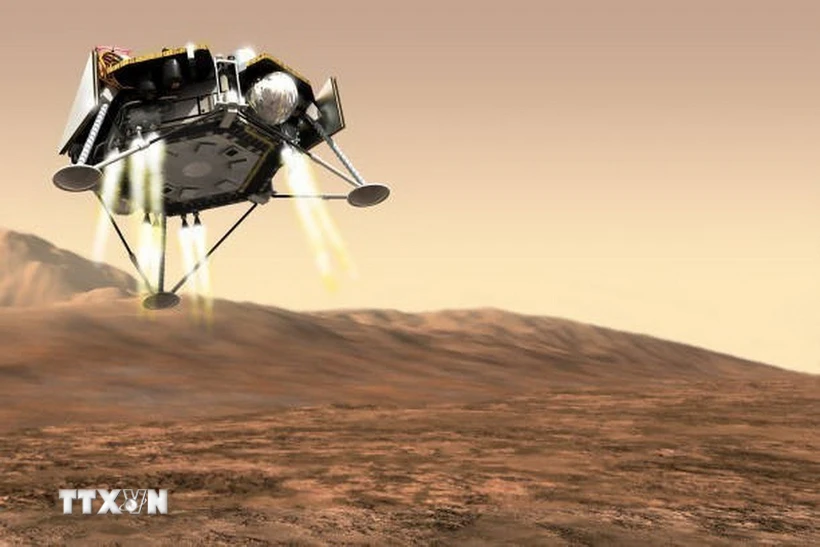

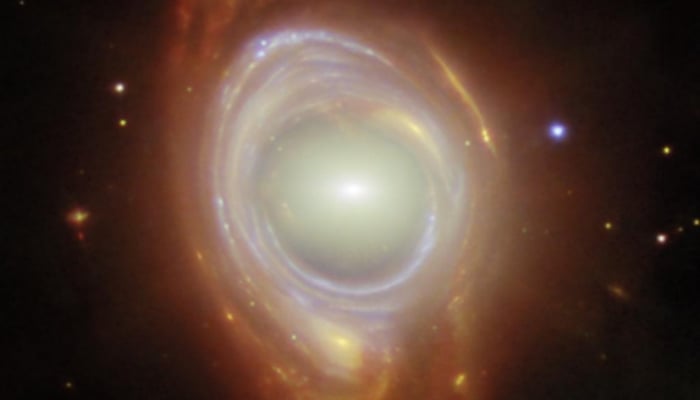

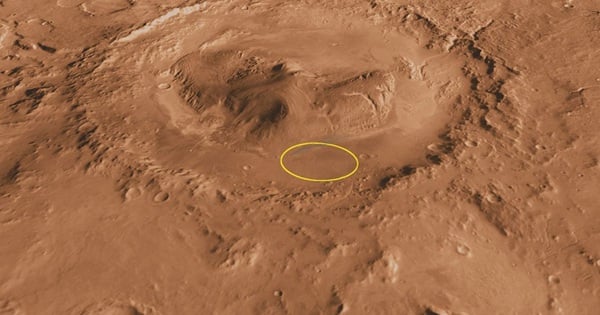
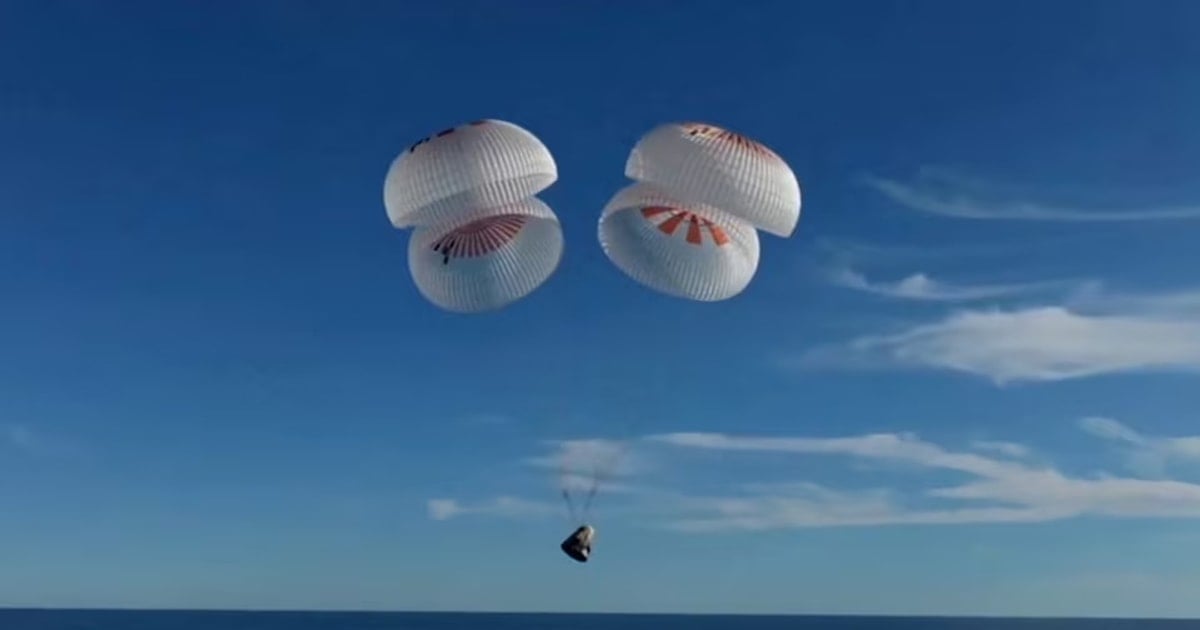



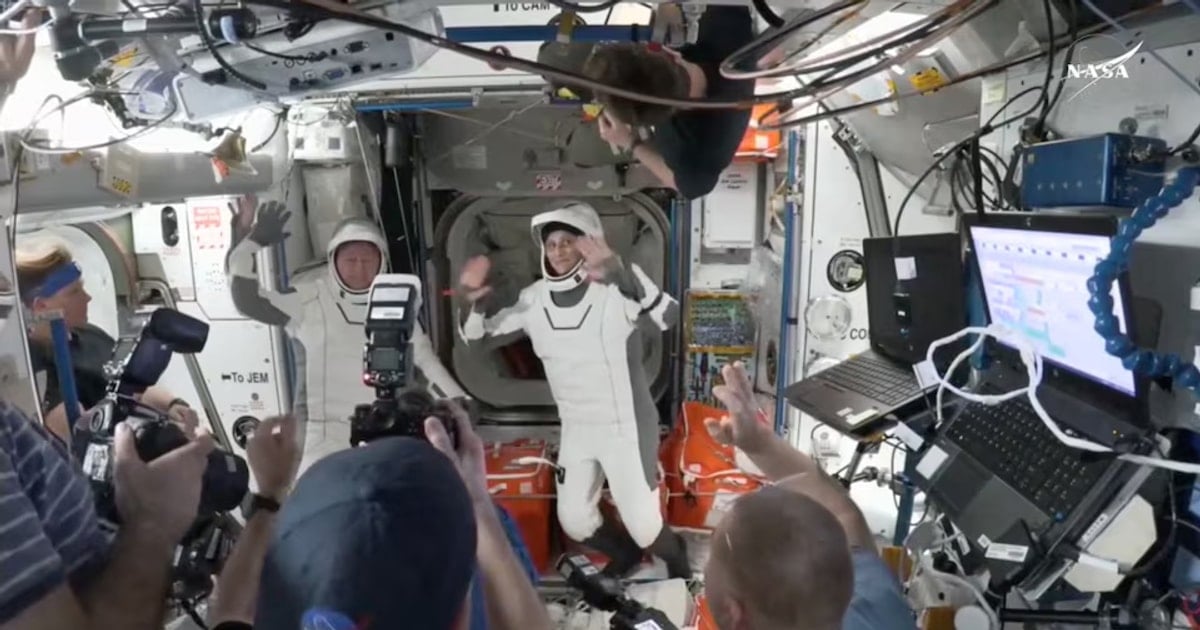


![[Video] Approval of the Master Plan for the Construction of a High-Tech Forestry Zone in the North Central Region](https://vstatic.vietnam.vn/vietnam/resource/IMAGE/2025/4/12/93e860e3957940afaaab993c7f88571c)













![[Photo] "Beauties" participate in the parade rehearsal at Bien Hoa airport](https://vstatic.vietnam.vn/vietnam/resource/IMAGE/2025/4/11/155502af3384431e918de0e2e585d13a)






























































Comment (0)